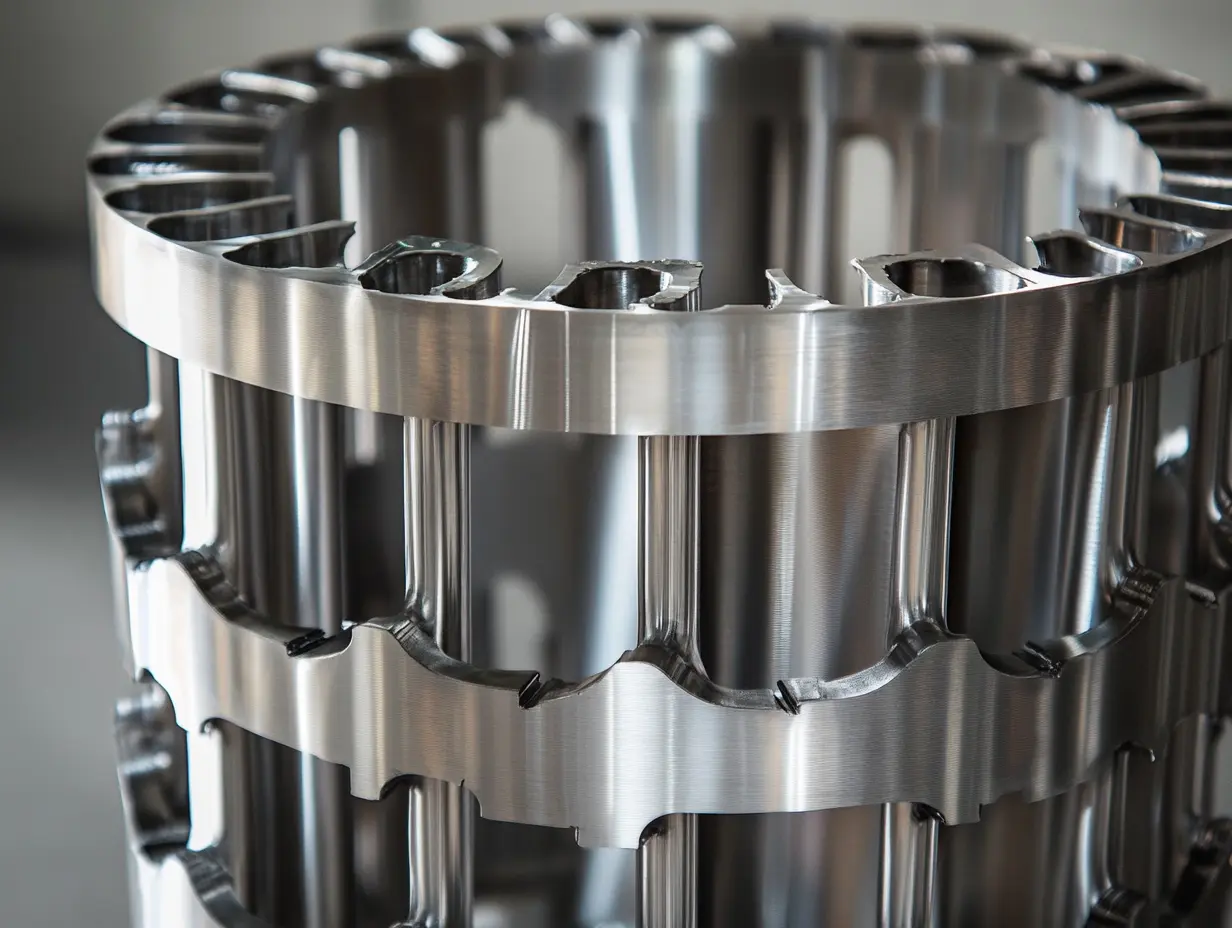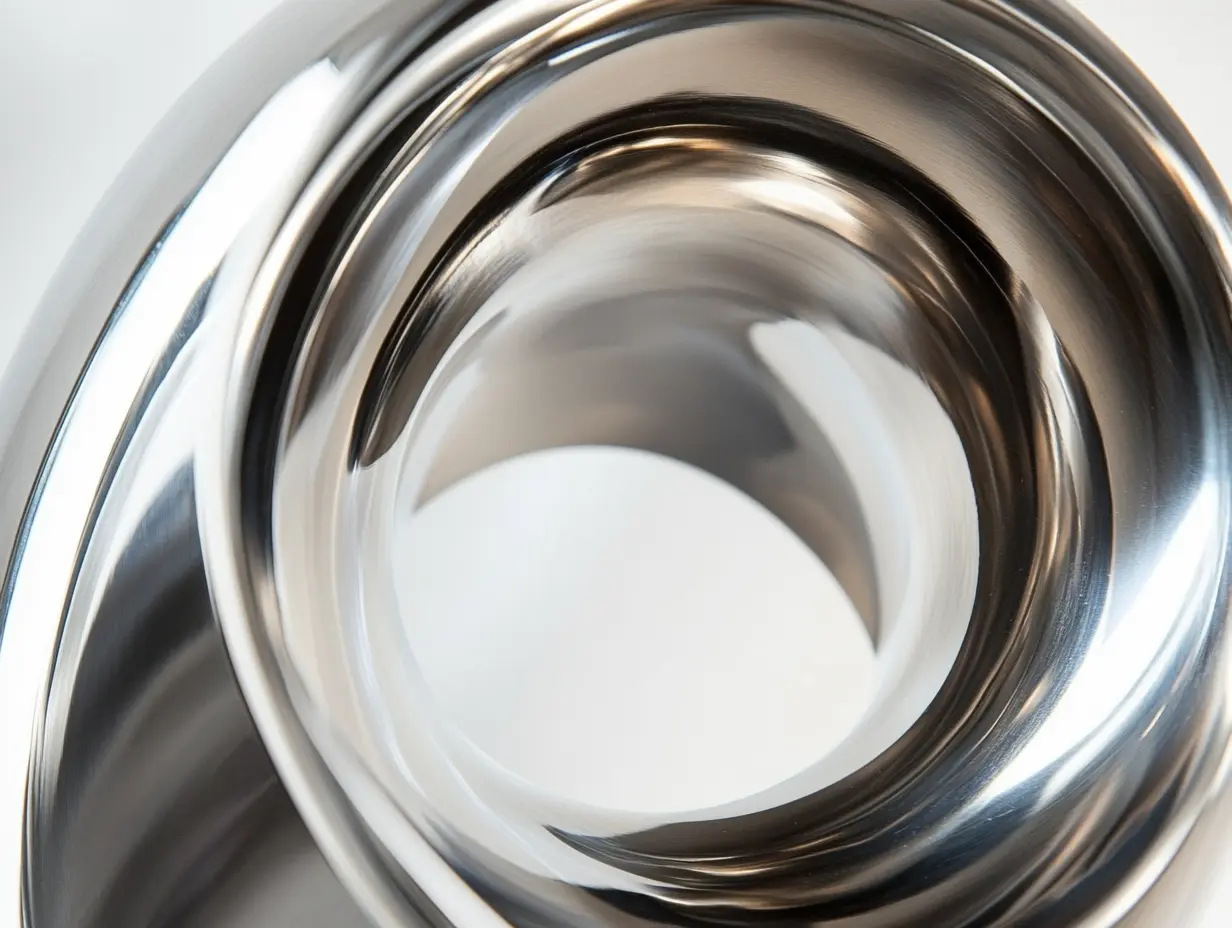In Stainless Steel Welding, the strength and durability of structures and components remain guaranteed in construction and manufacturing. Innovative requirements have been emerging with the development of industries; hence, manufacturers were forced to consider new welding techniques and technologies to answer their demands. This realization is what has led us to develop high quality inverter welding machines specifically for stainless steel applications, which are located in TAIZHOU YIKE MACHINERY CO., LTD. We are also offering these in a place, Xiayangzhang, Daxi Town, Wenling City, Zhejiang, very close to vital ports for effective distribution to clients.
In this blog, we will highlight some of the most advanced innovations in Stainless Steel Welding solutions that the industry is witnessing today. Regardless of your existing competence, be it an experienced welder or a newbie, these coming modern techniques should cause a paradigm shift in enlightening you on transforming welding as a mass production technique. Join us as we explore innovative techniques, benefits of inverter welding machines, and how TAIZHOU YIKE MACHINERY CO., LTD is at the forefront of delivering solutions customized to modern welding applications.

Stainless steel welding finds importance in many engineering applications because of its corrosion-resistant and durable properties. To enable the use of new and innovative designs, stainless steel construction mechanical performance is strongly dependent on welding processes. Recently, welding technology has seen the advancement of electroplated nickel coatings on martensitic stainless steel for the improvement of fracture toughness in spot welds, thus providing promise for durability and performance in very demanding environments. Also, with industries focused on conserving nickel resources but retaining material strength, the development of alternative welding methods becomes important. Innovations like AI robotics are fast becoming alternatives that would help manufacturers adapt with the changing demands and, at the same time, cut down production costs and time. This evolution in stainless steel welding technology makes it pertinent that continuous research and application of novel approaches justify both the performance and sustainability demands placed upon the industry.

Stainless steel welding is riddled with challenges that can greatly affect both the quality and efficiency of manufacturing processes. These problems include warping, heat-affected zones, and contamination, as each can further compromise the integrity of welded structures. With automation and AI technology advancing in recent years, assisted solutions to those concerns have finally arrived; for example, integrating AI systems with collaborative robots directly impacts welding precision and consistency in ways that let manufacturers totally relax traditional constraints.
On the other hand, new welding techniques are coming to the fore to tackle other specific issues, such as welding dissimilar metals. Innovative new methods, which include field shaper-based approaches, are now giving practical solutions to some highly demanding applications, guaranteeing the strongest bonds with minimal defects. As industries are learning to work smarter and become greener, these technological drivers are timely in navigating the complexity of stainless steel welding.

The landscape in stainless steel welding is fast changing with the advent of new technologies that supersede older technologies in efficiency and sustainability. One such development is the Surface Tension Transfer (STT), which has proved to significantly enhance weld speeds, especially in that it roots the welding of pipe. This enhances productivity and promotes the track record of consistent performance upon which industry practitioners depend.
Another cool project is combining collaborative robot solutions with AI in manufacturing, which would allow the technician to precisely grind welds on stainless structures and provide for an improved flow of work. In addition, new methods based on old art, such as origami, are now being developed for sustainable steel manufacturing and totally change material processing as we know it. Newer welding techniques developed further on in the future promise answers for manufacturers and builders.

The advanced materials play a considerable part in improving the weld quality upon the filling of stainless steels. Recent innovations in welding techniques utilize advanced means, such as fiber lasers, and have proved significantly beneficial for producing high-quality, perfect welds even within difficult materials such as weldable 316 L stainless steels. These advanced methods improve the welding process through the individual shapes of the beam while minimizing defects within the fabricated parts to produce more reliable and longer-lasting components.
In addition to these innovations, the robotic automation fitted into a welding process gives another aspect to efficiency, eliminating human error as well as maximizing output. More and more, companies are applying these advanced solutions to their technologies in production while allowing the companies to respond to the continuously increasing demand for high-quality products from stainless steel. As more and more industries go green, then new welding technologies would be required in achieving the hurdles while preserving the integrity and quality with which end product is to be realized.
By definition, automation has been said to transform stainless steel welding, not only increasing its efficiency but also its accuracy. In recent innovation, advanced welding training simulators allow actual welders an opportunity to practice in virtual areas, thus reducing the time and costs of training. With the focus on increased use of automation, it is time for industries to adopt processes that meet high-quality standards at increased rates of production.
Meanwhile, innovative welding processes such as twin-wire gas metal arc welding can provide an optimized welding process. These methods enhance the speed and quality of welding suitable for applications like shipbuilding and civil construction. Thus, automation will surely give way to effective new solutions in stainless steel welding that can meet the challenges facing manufacturers as modern production continues to expand.
Therefore, these welding processes have become some of the many newer processes to combat weld defects and improve quality and efficiency for welding stainless steel. Examples include collaborative robots or cobots that support welders in repetitive welding assignments to be able to do the work with accuracy. That robot-human synergy can reduce defects in welded joints and give welders better opportunities to concentrate on tougher parts of their work.
Modern manufacturing techniques are really changing the way stainless steel structures like the prototype footbridge for UK rail stations are built. Advanced technologies like magnetic pulse welding and pulsed directed energy deposition provide excellent quality in welding, bringing together metals that may never have been welded before. These innovations challenge traditional frameworks of welding, evolving into future trends that are sure to disrupt the present landscape of our industry.
Welding today sustains interests on the conservation front for stainless steel welding. Nickel is an important elements of many stainless steels which makes it imperative to conserve nickel without compromising strength of the material. The novel solution to this challenge relies on electroplating with nickel coatings to enhance the fracture toughness of martensitic stainless steel welding. In addition to improved weld performance, it helps meet the increasing demand for resource-efficient practices.
There are even more emerging solutions driving the industry towards sustainability. Such principles mention production waste minimization as well as maximizing productivity resulting from the advanced welding technologies. Just as one pursues a sustainable society, eco-friendliness in stainless steel welding should also meet the economic and environmental targets. This innovation can open gates towards building a brighter and greener future for the industry.
The developments in welding technology are increasingly rapid, with training and skill development for welders being emphasized. The advanced solutions such as the groundbreaking Qlixbi system have been designed in favor of welders and underscore the importance of developing tools that only help them in honing their skills and efficiency. Thus, through the incorporation of cutting-edge technologies into training modules within the welding sector, this industry guarantees that professionals not only have the applicable skill set but also are prepared to deal with the most complex issues that may arise in their craft.
Apart from the above, innovations like collaborative robots (cobots) have changed the traditional way of welding. These robots boost the abilities of existing skilled welders thus leading to better productivity. In this forward-looking way, introducing AI technologies into welding training can help increase the finesse of welders, leading to precision and quality in their work. This will not only benefit the respective welders but will also set the standard for stainless steel welding excellence across the industry.
Breakthroughs will revolutionize materials-welding solutions in the future like no other experience. The other modes of trends pertain to the involvement of collaborative robots (cobots) which provide a skilled welder an added benefit in productivity without compromising the quality of human work. This leaves human ingenuity with much more potential and supplements the answer to labor shortages within the industry.
New welding techniques have introduced some innovations like electroplated nickel coatings that develop stronger and tougher microstructures in martensitic stainless steel spot welds. Studies show that the electroplated nickel coatings may significantly improve fracture toughness and indicate a good possibility for the process of fabrication. The industry's future is likely heading in this new direction, especially with the growing trend toward sustainability and efficiency of the so-called next gen of stainless steel welding.
The future of stainless steel welding solutions presents itself on the verge of breaking through transformational innovations that will fuel exceptional efficiency and sustainability. One key trend is that of collaborative robots (cobots); their presence empowers skilled welders in productivity gains while keeping the quality of work intact. This could spell more strength towards enhancing human potential or even offer an answer to the nagging labor scarcity problem confronting the industry.
Another wave of improvement comes from advancements in welding techniques wherein electroplated nickel coatings become forebears of today's stronger and tougher microstructures in martensitic stainless steel spot welds. Research shows this kind of covering has a drastic form of improvement in fracture toughness and certainly opens up new horizons in the manufacturing process. However, because of emerging changes in the industry, the focus on sustainability will continue to inspire most methods used in the future in stainless steel welding.
There are innovations in the areas of welding projects on stainless steels. Innovations are being li-neated by using various innovative technologies as well as environmentally sustainable practices. The most appealing case study here is about carbon-reducing steel folding based on origami-an origami-inspired technique in folding steel. Such a method has not only ameliorated the aesthetics and function in construction, but it also reduces carbon footprint in line with rising public concerns about manufacturing's effect on the environment.
Further developments in welding involving dissimilar metals such as aluminium and stainless steels are being found among welding innovators, all providing answers to the numerous challenges being faced in the industry. For instance, field shaper-based processes are being developed to improve the connections and integrity in welded joints. Such innovations illustrate what is currently dynamic in the field of stainless-steel welding: innovation and sustainability would lead to future developments.
Welding is critical in stainless steel applications due to its impact on the mechanical performance and durability of structures, as well as its resistance to corrosion.
Recent advancements include the use of electroplated nickel coatings on martensitic stainless steel, which enhance fracture toughness in spot welds.
Industries are developing alternative welding methods that maintain material strength while reducing the reliance on nickel, emphasizing the importance of sustainability.
Automation enhances efficiency and precision in stainless steel welding, helping industries maintain high quality standards while meeting increased production demands.
Advanced welding training simulators allow welders to practice in a virtual environment, significantly reducing the time and costs associated with traditional training methods.
Twin-wire gas metal arc welding is being adopted to optimize the welding process, improving weld speed and quality for various applications.
Industries such as shipbuilding and infrastructure development can benefit significantly from improved welding techniques and automation.
AI-powered robotics are emerging as solutions to help manufacturers adapt to evolving demands while also reducing costs and production time.
Continuous exploration is essential to meet both performance and sustainability goals in the welding industry, ensuring advancements align with modern challenges.
Automation addresses challenges related to maintaining quality, meeting production demands, and improving the overall efficiency of the welding process.

